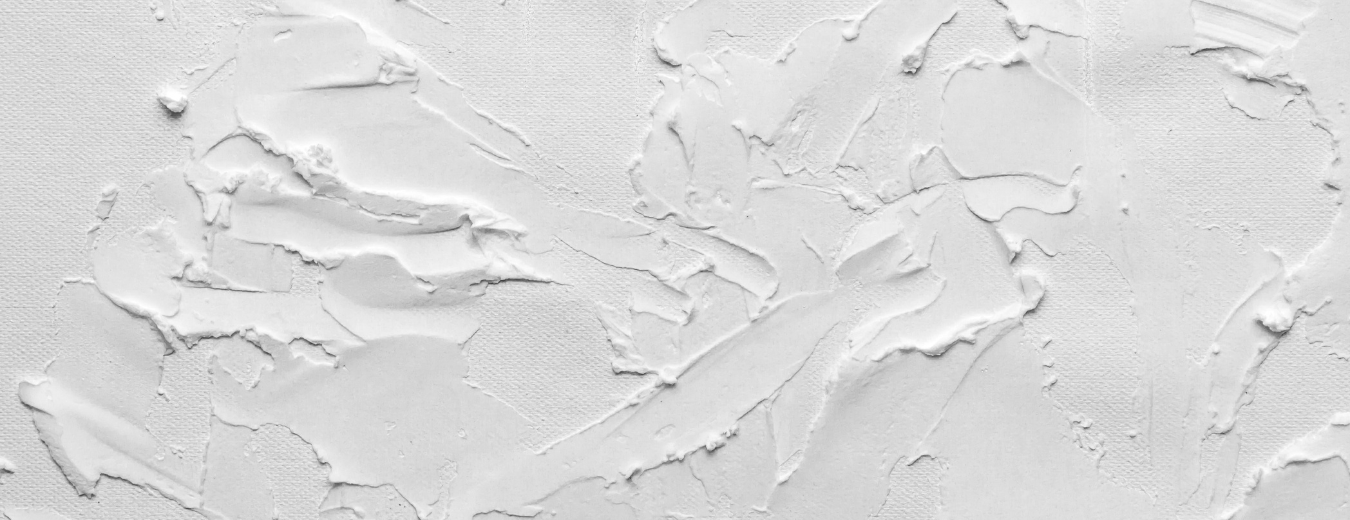
How to Paint Newly Textured Walls
Posted on February 15, 2019
Textured walls can be a stylish way to cover up nail holes, dings, and other drywall imperfections that even the best paint job can’t hide. Their appeal is undeniable, but painting them presents unique challenges. The peaks and valleys of a textured surface require the right set of tools, techniques, and preparation to achieve a smooth and professional finish.
If you’re preparing to paint textured walls in Highlands Ranch, CO, this guide will walk you through every step to ensure a seamless process. Plus, if you’d rather leave it to the professionals, CertaPro Painters® of Highlands Ranch, CO is here to provide top-quality painting services tailored to your home’s needs.
Before You Begin: Preparation is Key
Painting textured walls requires careful prep work to prevent splatters, uneven coverage, and drips. Follow these steps for a successful project:
1. Protect Your Space
Start by taping off anything you don’t want paint on—trim, windows, outlets, light switches, ceilings, and floors. Use a high-quality painter’s tape with a wide width to prevent seepage. Press down the edges firmly with a putty knife to create a secure seal.
Cover floors with drop cloths or flattened cardboard and tape them down to prevent movement. Window coverings are a must—they help keep splatter under control for a clean, professional result. And don’t forget to wear old clothes, as painting textured walls can be a messy task.
2. Gather the Right Tools
Since textured walls have uneven surfaces, the right tools are essential:
- Roller: A roller with a ½-inch to ¾-inch nap will hold enough paint to coat the deepest parts of the texture.
- Brushes: A 2-inch angled brush works well for cutting in around trim and corners.
- Extras: Keep a sturdy ladder, a paint tray with liners, and clean cloths for quick cleanup on hand.
3. Choose the Right Paint
Textured walls require more paint than smooth surfaces, so plan to purchase extra. Eggshell or satin finishes work best because they are easier to clean and provide just the right amount of sheen. If you’re unsure about color or finish, CertaPro Painters® of Highlands Ranch, CO can provide expert advice to help you choose the best option for your home.
Painting Techniques for Textured Walls
Once your space is prepped, it’s time to start painting. These techniques will help you get professional-quality results:
1. Seal Your Tape
Before painting, apply a light coat of trim paint along the edges of your painter’s tape. This trick creates a seal and ensures any paint that seeps under the tape blends in, reducing the need for touch-ups.
2. Master the W-Shaped Roll
For even coverage, use your roller to paint in a “W” or zig-zag pattern. This technique helps distribute paint uniformly across the textured surface. Avoid pressing too hard, as this can cause paint to pool and drip.
3. Apply Multiple Coats
Textured walls often require two or more coats for full coverage. Allow each coat to dry completely before applying the next. Follow the paint manufacturer’s recommended drying time for the best results.
4. Tackle Edges and Corners with Precision
Use an angled brush for corners and trim areas. Dip lightly into the paint and apply short, controlled strokes to avoid overloading the brush.
Finishing Touches
Once the painting is done, follow these final steps for a polished look:
1. Remove Tape Cleanly
After the paint has dried, use a box knife to score along the tape edges before removing them. This prevents peeling and ensures clean, crisp lines.
2. Address Paint Splatters
Check your drop cloths and other protected areas for stray paint spots. Clean up wet paint with a damp cloth and use a scraper for any dried splatters.
3. Inspect for Missed Areas
Step back and examine the wall under good lighting to ensure all areas are evenly covered. Touch up any missed spots as needed.
Need Professional Help? Call CertaPro Painters® of Highlands Ranch, CO
Painting textured walls can be a challenge, but with the right preparation, tools, and techniques, you can achieve stunning results. However, if you’d rather skip the hassle, the skilled team at CertaPro Painters® of Highlands Ranch, CO is here to help! Our experts deliver top-notch painting services, ensuring your home looks its best.
Contact CertaPro Painters® of Highlands Ranch, CO today for a free estimate and let us handle the hard work for you!





